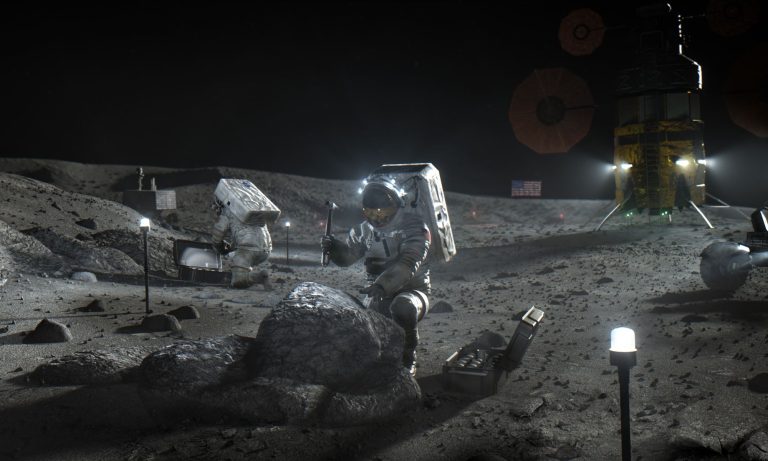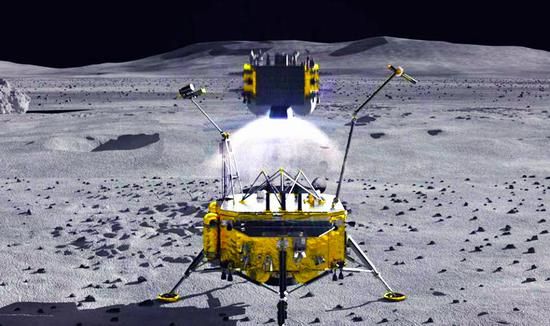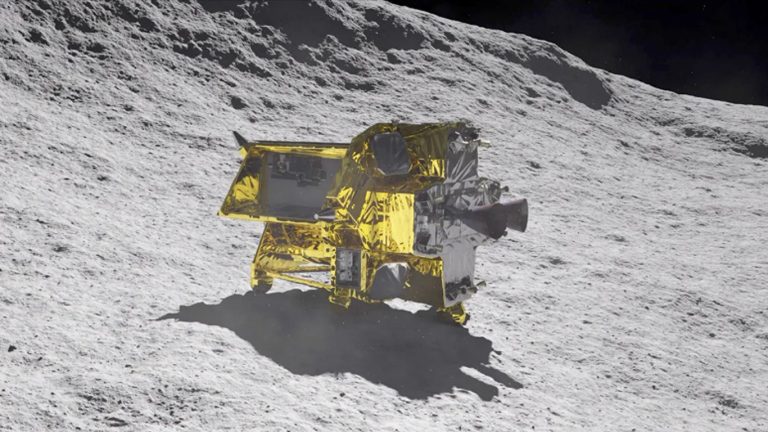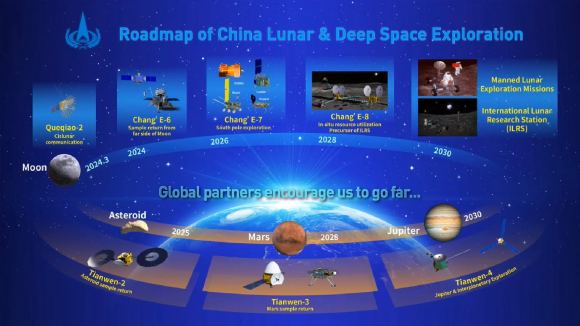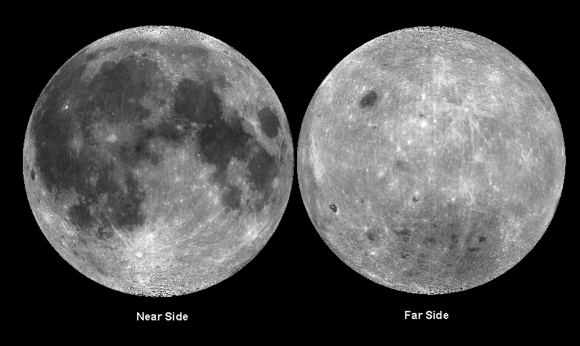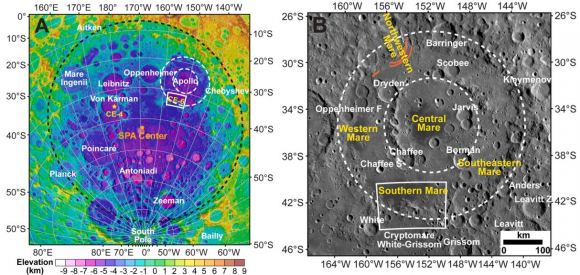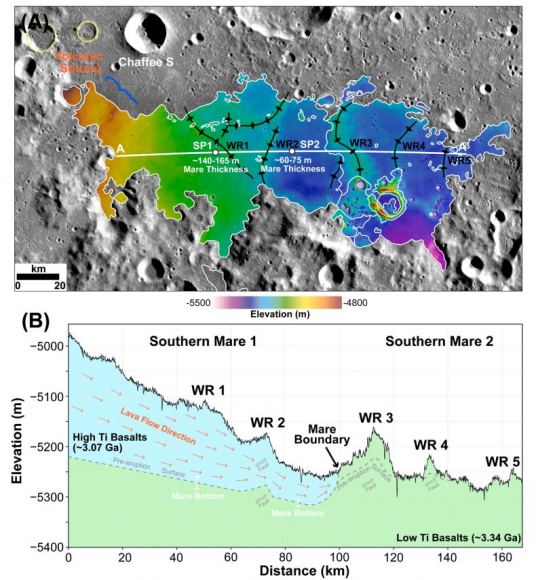Artemis Program: Why a Moon Base Will Need a Transport System
Key Takeaway
The Artemis Program aims to establish a permanent human presence on the Moon, necessitating advanced transport systems to move astronauts and cargo efficiently. Addressing logistical, scientific, and technical requirements, these transport systems will play a crucial role in ensuring the success of lunar missions and the sustainability of human activities on the Moon.
Summary
- NASA’s Artemis Program will return astronauts to the Moon for the first time since 1972.
- The program aims to establish a permanent human presence on the Moon.
- Transport systems are essential for moving astronauts and cargo on the lunar surface.
- The 2024 Moon to Mars Architecture white paper highlights the need for lunar mobility systems.
- NASA’s objectives include the delivery of crews, supplies, experiments, and habitats.
- The Lunar Terrain Vehicle (LTV) and Pressurized Rover (PR) are part of the Artemis Base Camp.
- The Artemis Program is divided into three segments: Human Lunar Return (HLR), Foundational Exploration (FE), and Sustained Lunar Evolution (SLR).
- The program’s initial missions will require enhanced transport capabilities for crew and cargo.
- The lunar surface presents unique challenges, including regolith, lighting conditions, and terrain.
- Autonomous and teleoperated systems will be vital for mobility on the Moon.
- Energy and environmental considerations are crucial for the design of lunar transport systems.
- Future mobility systems will need to be interoperable and capable of autonomous operation.
- NASA will address these requirements in the 2024 Architecture Concept Review (2024 ACR).
Artemis Program: Why a Moon Base Will Need a Transport System
NASA’s Artemis Program will send astronauts back to the Moon. The last visit was Apollo 17 in 1972. The next mission is planned for September 2026. NASA will then build the systems needed for yearly trips to the Moon. This will lead to humans living there permanently. There will be a big need for cargo delivery systems. These systems must help with the needs of the crews. They must support their exploration with the right logistical, scientific, and technical support.
We need transportation systems not just for delivering crews and cargo. They must also handle logistical needs and help exploration efforts. These needs were described in a 2024 Moon to Mars Architecture white paper. The paper is titled “Lunar Mobility Drivers and Needs.”
It follows another paper called “Lunar Surface Cargo.” This new white paper talks about the need for lunar infrastructure. Such infrastructure will help move astronauts and payloads from landing sites to important locations. As usual, they found a big gap between what we can currently do and what we expect to need.
The authors again stress the need for mobility systems. These systems should align with NASA’s goals. These goals are outlined in the Moon to Mars Architecture Definition Document (ADD). The authors say recent studies show something important. We need transport systems on the lunar surface. These systems should move cargo from delivery points to usage points. This cargo can include crew supplies, scientific demonstrations, and large infrastructure that needs precise moving.
In short, in addition to landers capable of delivering crews, supplies, experiments, and habitats, NASA’s Moon to Mars program also requires vehicles and support networks that can deliver them from point A to point B. As they state, the currently defined mobility elements are either primarily for crew use or are limited in mobility. This includes elements like the Lunar Terrain Vehicle (LTV) and the Pressurized Rover (PR) – which are elements of the Artemis Base Camp – and robotic missions contracted through the Commercial Lunar Payload Services (CLPS) program.
In addition, the needs and challenges that will emerge as the Artemis Program unfolds are broken down into three segments: Human Lunar Return (HLR), Foundational Exploration (FE), and Sustained Lunar Evolution (SLR). The HLR segment includes the Artemis III mission, currently scheduled for September 2026, where a crew of two will land on the lunar surface using a Starship HLS. The FE segment will coincide with Artemis IV and Artemis V (2028 and 2030), where crew sizes will expand from two to four, and the necessary infrastructure will expand.
After that, during the SLR segment, NASA plans to mount a mission a year and establish a permanent lunar habitat. Throughout this period, the demands for payloads and transportation systems will exceed current capabilities, limited to 15,000 kg (33,070 lbs) of cargo. Similar to what NASA related in their Lunar Surface Cargo whitepaper, accomplishing key mission objectives will require cargo of sizes and masses beyond these capabilities, creating the need for additional solutions.
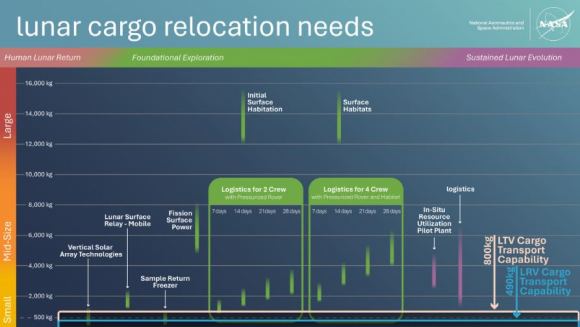
Isolation and Movement
As the authors state, a major issue on the lunar surface affecting mobility is the need for separation between landing sites and points of use. This separation is motivated by several factors, including science objectives, lighting conditions, and safety considerations. In short, crew vehicles, habitats, and key infrastructure will be positioned at a distance from landing sites so as not to be affected by darkness caused by the landers’ shadow, contamination by the landers, and regolith or blast ejecta created by engine plumes. Based on the level of concern, separation distances are broken down into three tiers:
- Separation from lander shadowing: tens of meters (tens of yards)
- Lander blast ejecta constraints: due either to separation between the lander and existing infrastructure or lander ascent (>1,000 m; ~1090 yards)
- Support for aggregation of elements in ideal habitation zones from available regional landing areas: up to 5,000 m (~5470 yards)
NASA’s Moon to Mars mission architecture emphasizes the need for In-Situ Resource Utilization (ISRU), such as water ice, regolith, and minerals. NASA also recognizes the need to select habitation and hibernation sites that minimize the exposure to darkness from shadows caused by the local topography and the inclination of the Sun during lunar nights (which last two weeks at a time). This is easiest at higher elevations and on top of crater ridges. This necessitates two things:
- Exploration, habitation, and power sites will need to be located far from landing and ISRU sites.
- Traverses from landing to habitation zones could encounter slopes of up to 20 degrees.
As the authors state, these overlapping challenges can be met by ensuring systems are in place so mission elements can move away from landers once they are deployed on the surface:
“This could be done using independent or integrated mobility systems. The frequency of traverses between downslope and upslope locations would be driven by the cadence with which landers deliver cargo to the lunar surface and the mass that a given mobility system can carry on each traversal. Integrated architecture operations will necessitate non-trivial relocation and aggregation ranges for cargo and assets.”
Transportation Abilities
During the FE segment of the Artemis Program, NASA plans to expand surface crews from two to four, which will need to operate on the surface for about 30 days. This will require a wide range of mobility needs that can accommodate payloads of varying size and mass and over a range of distances. These include:
- Smaller technology demonstrations: 500 to 2000 kg (~1100 to 4410 lbs)
- Logistic Elements per crewed surface mission: 2,000 to 6,000 kg (~4410 to 13,230 lbs)
- Habitation Systems: 12,000 to 15,000 kg (~26455 to 33,070 lbs)
The authors acknowledge that current mobility elements could provide some cargo relocation capabilities – the LTV, for example, can accommodate 800 kg (~1764 lbs) of cargo when uncrewed. However, according to the NASA team’s analysis, the mobility capacity falls short of demand by 1,000 to 15,000 kg (2,200 to 33,070 lbs) per asset for ranges of 50 to 5,000 m (~55 to 5470 yards). Moreover, the “frequency of relocation needs” (i.e., how often payloads need to be moved) will vary considerably, ranging from single operations for large elements to multiple trips a year for containers and smaller cargo.
Environments
The authors also address how lunar conditions are important when developing mobility systems. One of the greatest hazards on the Moon is regolith (aka. “moondust”), the fine silicate powder that covers much of the surface and sticks to everything it comes into contact with. There are lighting conditions where parts of the South Pole region will be shadowed due to the inclination of the Sun and permanently shadowed regions (PSRs) that experience perpetual darkness. Last is the matter of the terrain, which can be rocky or covered by 1 to 10 m (3.3 to 33 ft) of regolith and where slopes of more than 10 degrees are common.
This combination of factors, they argue, “creates a significant technological gap between existing systems and mobility demands for future exploration.” For starters, energy systems must provide enough power so vehicles can maintain sufficient speeds and carrying capacity and can operate during lunar nights. The authors also recommend conducting more studies on regolith mitigation strategies to prevent wear and tear and the effects regolith could have on electro-mechanical systems. They also stress the need for sufficient autonomy and/or teleoperation, allowing greater flexibility and range.
These autonomous systems must contend with the challenging lunar terrain, map the local topography, recognize obstacles and unpassable regions, and identify optimal pathways to reach their destinations. As the authors note, these systems could offer increased flexibility for mission planning and increase the speed of mobile assets, especially in areas where the terrain interferes with communications and makes remote operations impossible.
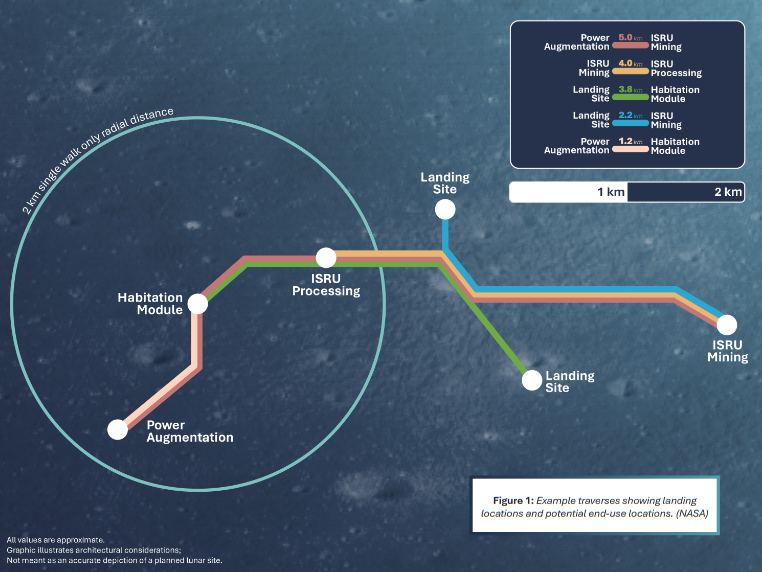
Energy and Environmental Demands
The white paper also addresses energy and environmental considerations. As noted already, lunar nights are two weeks long, which poses significant challenges for exploration and habitation. Currently, NASA’s Moon to Mars architecture does not specify how the base camps will be powered, though solar power is considered a safe bet. However, the team notes that generating sufficient power to accommodate lunar operations will require solar power systems with “surface mobility capabilities.”
They also note that lunar mobility systems will need to operate for 12 hours a day for up to 30 days and that proposed systems will need to deliver sufficient power to operate for six to twelve months. The thermal environments are also a serious consideration, with average daytime temperatures reaching 120 °C (248 °F) and nighttime temperatures going down to -170 °C (-274 °F). This creates issues for systems that are required to operate day and night.
Conclusion
NASA sees the need for flexible mobility systems. These systems will help astronauts and cargo move across the lunar surface. The systems must meet the needs of the Artemis Program. HLR, FE, and SLR segments define these needs. Current systems handle some mobility needs, but there is a gap. Future missions will need more advanced capabilities. The 2024 Architecture Concept Review (2024 ACR) will focus on these needs.
NASA aims to develop new mobile assets. These assets must work together smoothly and operate on their own without constant human control. The Artemis Program will rely on these assets for its first lunar missions in 2026. This includes delivering infrastructure and crew missions in the late 2020s. By the 2030s, NASA wants to have a lasting presence on the Moon. Closing these technology gaps will help astronauts explore and do science on the Moon.
Tables
| Mission Segment | Crew Size | Duration | Infrastructure Needs |
|---|---|---|---|
| Human Lunar Return (HLR) | 2 | 1-2 weeks | Initial landing and exploration infrastructure |
| Foundational Exploration (FE) | 4 | 30 days | Expanded habitats, power systems, mobility solutions |
| Sustained Lunar Evolution (SLR) | 4+ | Indefinite | Permanent habitats, ISRU systems, advanced mobility |
| Mobility Demand | Payload Mass Range | Traversal Distance |
|---|---|---|
| Small technology demos | 500-2000 kg | Up to 5000 m |
| Logistics per mission | 2000-6000 kg | Up to 5000 m |
| Habitation systems | 12000-15000 kg | Up to 5000 m |
References
- NASA. (2024). “Lunar Mobility Drivers and Needs” Moon to Mars Architecture white paper.
- NASA. (2024). “Lunar Surface Cargo” Moon to Mars Architecture white paper.

